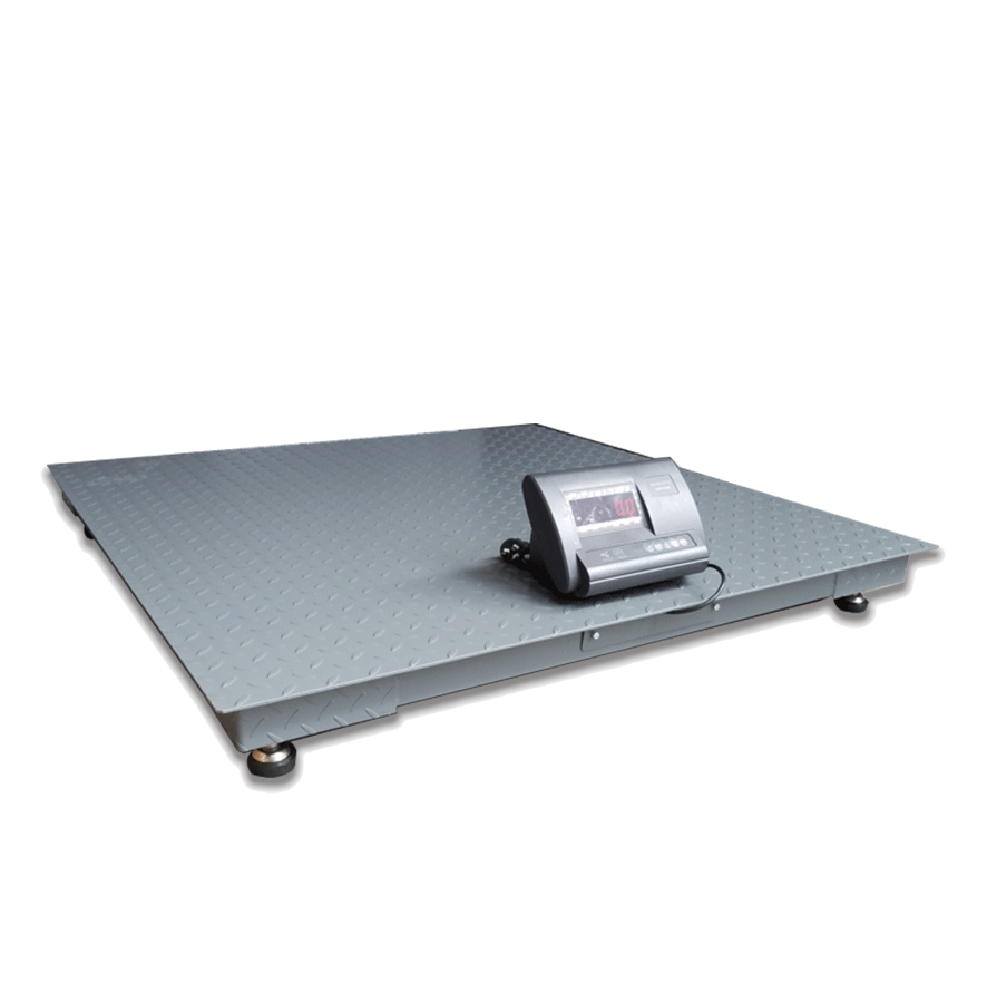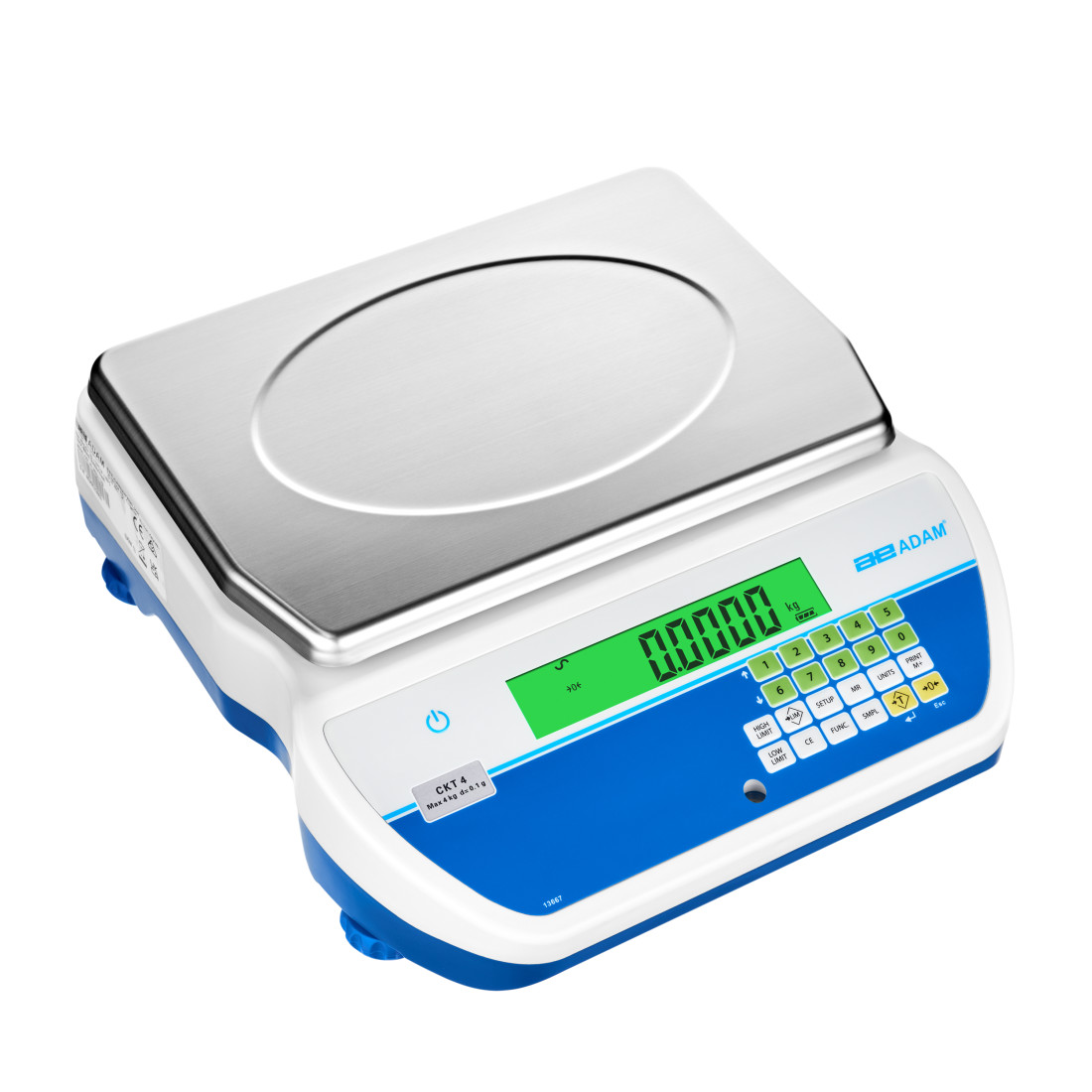Top Industries That Benefit from Using Industrial Scales for Operations
Top Industries That Benefit from Using Industrial Scales for Operations
Blog Article
How Industrial Scales Work: An Extensive Review for New Users
Recognizing the auto mechanics behind industrial ranges is vital for brand-new customers who intend to ensure accuracy in their dimensions. These tools depend on load cells and strain gauge technology to convert weight into a quantifiable layout, however the subtleties of their operation prolong beyond plain functionality. From the various types readily available to the vital strategies for appropriate use and upkeep, each facet plays a substantial duty in achieving reliable results. As we discover these parts, one must think about how these aspects communicate to improve efficiency in diverse commercial applications.
Essentials of Industrial Scales
Industrial scales are important tools used throughout different industries, including manufacturing, logistics, and agriculture, to ensure accurate weight dimensions of hefty loads. The fundamental principle behind commercial scales involves the conversion of weight into a quantifiable form that can be presented electronically or analogically. These scales use numerous systems, such as lots cells or mechanical levers, to establish the weight of things positioned upon them.

Along with their measurement abilities, commercial ranges are developed to hold up against extreme environments, featuring durable building and construction that resists dirt, wetness, and hefty influences. Calibration and upkeep are important to make certain precision, as also minor discrepancies can bring about significant economic implications. By understanding the essentials of commercial scales, users can value their importance in numerous industrial applications.
Sorts Of Industrial Scales
Different types of commercial ranges deal with the diverse demands of various markets, each created to take care of specific weighing jobs with precision and reliability. Amongst one of the most usual kinds are floor scales, which are ideal for weighing hefty and bulky products. These ranges typically include huge platforms and can fit palletized products, making them vital in storage facilities and delivery facilities.
One more type is bench ranges, which are often made use of for smaller things in manufacturing and retail setups. They give precise dimensions for products that need precision, such as chemicals or components in production line (Industrial Scales). For mobile procedures, mobile ranges use versatility and simplicity of transport, suitable for fieldwork or short-lived installments
In applications calling for high-capacity dimensions, such as in mass material handling, crane scales and load cells are utilized. These scales can gauge lots suspended from a crane or various other lifting apparatus, ensuring safety and security and precision during procedures. Furthermore, specialized ranges like checkweighers are utilized in manufacturing lines to maintain high quality control by making certain that items meet weight requirements. Each type of commercial range plays moved here a critical function in enhancing operational performance and accuracy across different sectors.
Exactly How Evaluating Devices Job
Weighing devices are vital components that allow exact dimension of mass throughout different commercial ranges. These devices make use of numerous principles of physics and design to offer accurate weight analyses, essential for stock management, top quality control, and compliance with regulatory requirements.
One typical kind of considering mechanism is the tons cell, which runs on the concept of strain evaluates. When a load is applied, the tons cell deforms somewhat, creating an electrical signal symmetrical to the weight. This signal is after that transformed into a legible weight dimension by the range's electronic devices.
An additional widely made use of mechanism is the mechanical balance, which employs a system of weights and levers. Industrial Scales. This technique depends on the principle of balance, where the weight of the item being determined is stabilized against known weights, enabling straight dimension
Additionally, pneumatic and hydraulic ranges leverage fluid dynamics principles to gauge weight. These systems use the stress applied by a tons to identify weight, offering high accuracy for massive lots.
Appropriate Use Techniques
When using industrial scales, sticking to correct use strategies is critical for maintaining and guaranteeing accurate measurements tools honesty. Firstly, it is necessary to pick the ideal range for your specific application, as ranges differ in capacity and accuracy.
Prior to weighing, guarantee that the scale is put on a stable, level surface area devoid of resonances or disruptions. This will assist to minimize mistakes triggered by outside aspects. In addition, adjust the range according to the manufacturer's requirements before use, ensuring that it is working correctly.
When positioning look at this web-site things on the scale, distribute the weight uniformly to avoid tipping or damaging the equipment. Always permit the scale to support prior to recording the weight, as variations may take place throughout initial placement. For bulk products, make use of containers that are appropriate for the scale size to protect against overloading.
Additionally, avoid placing extremely warm or cool products straight on the range, as temperature level variations can affect accuracy. Keep the evaluating system clean and complimentary of particles to prevent contamination and make sure reputable outcomes. By following these strategies, customers can optimize the efficiency and longevity of their commercial ranges.
Maintenance and Calibration Tips
Ensuring the durability and precision of commercial scales calls for thorough maintenance and regular calibration. A precautionary maintenance timetable is important; it should include regular read the full info here evaluations to determine deterioration, specifically on load cells and other sensitive components. Regularly cleaning up the scale's surface area and guaranteeing the bordering area is without particles will assist keep its stability and efficiency.
Calibration is equally vital and ought to be performed at regular intervals or whenever the range experiences significant changes in temperature level, moisture, or physical variation. Use licensed calibration weights that are deducible to national criteria for precision. Record each calibration session meticulously to track performance gradually and recognize any patterns or repeating problems.
In addition, be mindful of the scale's environment. Stay clear of placing it near resources of vibration, electro-magnetic interference, or extreme temperature levels, as these variables can negatively influence measurements. Lastly, train all drivers on correct range use and maintenance protocols to make sure regular efficiency and precision. By sticking to these maintenance and calibration ideas, users can boost the integrity of their commercial ranges, ensuring optimal procedure in any kind of setup.
Final Thought

Understanding the mechanics behind industrial scales is vital for new users that desire to ensure accuracy in their measurements.Industrial scales are crucial devices used throughout different industries, consisting of production, logistics, and agriculture, to guarantee exact weight measurements of hefty tons. The fundamental concept behind industrial ranges involves the conversion of weight right into a quantifiable type that can be displayed digitally or analogically. By understanding the essentials of industrial scales, users can value their importance in various commercial applications.
In verdict, recognizing the procedure and maintenance of industrial ranges is vital for making sure accurate weight measurements in different applications. (Industrial Scales)
Report this page